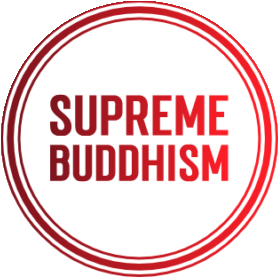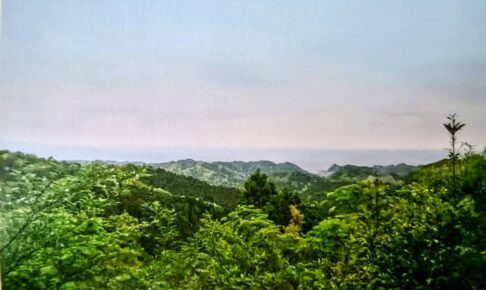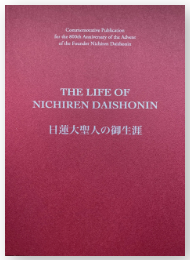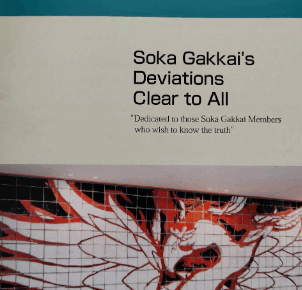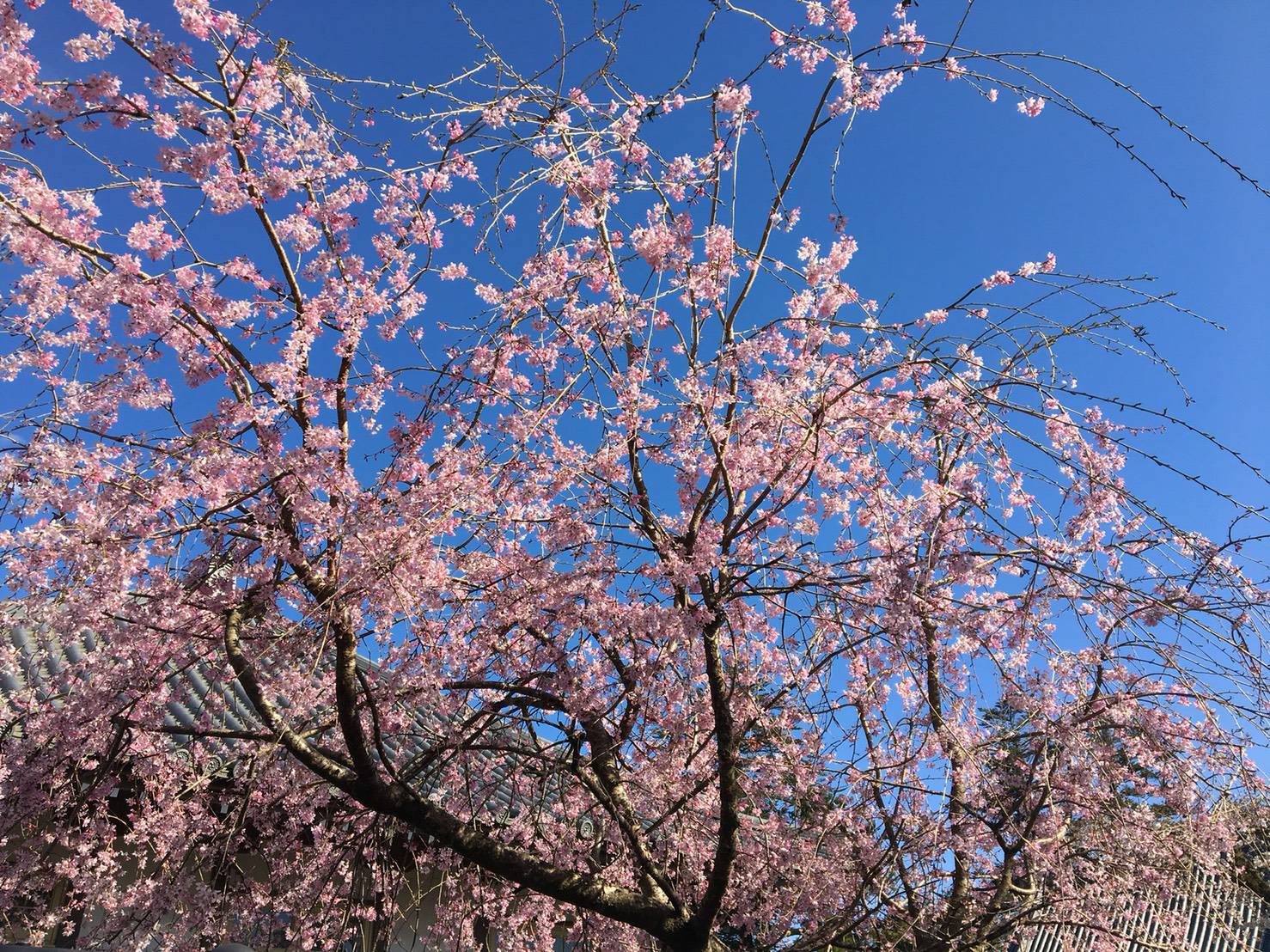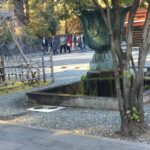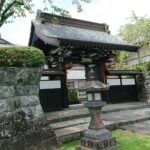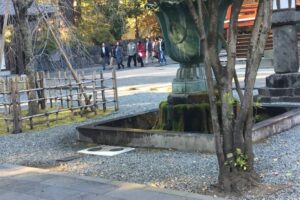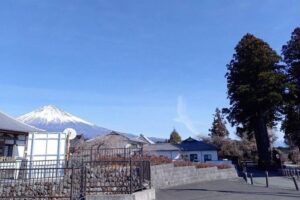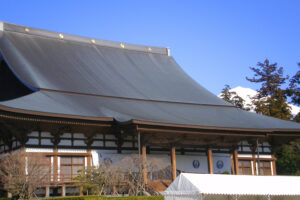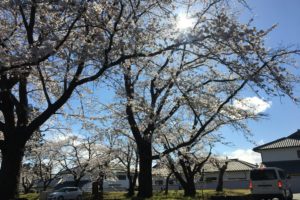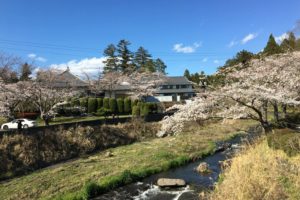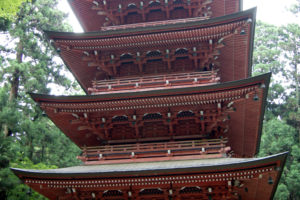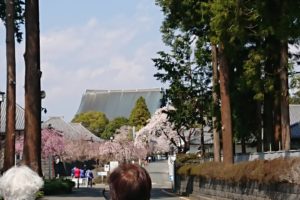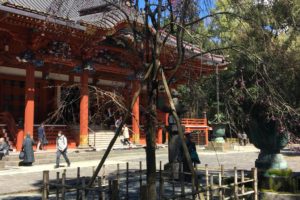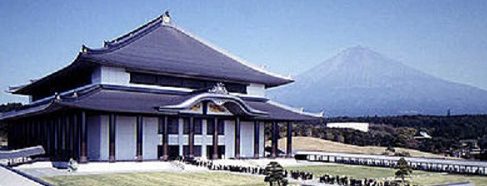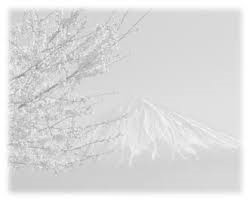The Gosho, “The True Object of Worship” (Kanjin no honzon-sho), was written on the twenty-fifth day of the fourth month of the tenth year of Bun’ei (1273), Nichiren Daishonin wrote this Gosho at the age of 52, when he was exiled to Sado. It is a significant work in which he revealed the Object of Worship in terms of the Law (ho-honzon), concerning the Gohonzon, which he established to save all humankind in the Latter Day of the Laws Thus, Nichiren Daishonin wrote:
It concerns a very important matter. My advent. (“The True Object of Worship-Cover Letter” [Kanjin no honzon sho soejo), p. 662; MW-1, p. 83)
The Gohonzon is the Object of Worship that must be embraced by all people in the Latter Day of the Law, It is the entity of the Law that was expounded and propagated by the True Buddha. of Nam-Myoho-Renge-Kyo, characterized by the oneness of the Person and the Law.
Our High Priest Nikken Shonin presented us with the following instructions:
The main point in the initial section of “The True Object of Worship” (Kanjin no honzon-sho) is that the object of worship of the Buddhism of the Maturing and that of the Harvest, such as the provisional. and Essential teachings. was no longer effective. The teachings of Shakyamuni were only effective during his lifetime and during the two thousand years of the Former and Middle Days of the Law. The Daishonin taught that, in the Latter Day of the Law, Myoho-Renge-Kyo, the essential Law specifically inherited by Bodhisattva Jogyo, is the one and only great Law that is capable of saving all humanity. Moreover, he explained the characteristics and aspects of this Myoho-Renge-Kyo. The Daishonin risked his life to give us this essential teaching to lead all humanity in Thus, this Gosho, “The True Object of Worship” (Kanjin no honzon-sho), is a most significant writing in which he provided instruction on the entity of the Law. of the Buddhism of the Sowing. (Nikken Shonin Zenshu Collection 1, Vol. 3, p. 18)
Contents
- The Origin of Ichinen Sanzen (Three Thousand Realms in a Single Life Moment)
- The Significance of Kanjin –the True Observation of the Mind
- The Object of Worship of the Buddhism of the Sowing, Hidden in the Depths of the Sutra, which was Established in the Latter Day of the Law
- The Doctrine of the Fivefold View of Revelation
The Origin of Ichinen Sanzen (Three Thousand Realms in a Single Life Moment)
In the introductory paragraph of this Gosho, the Daishonin cited an excerpt from the fifth volume of T’ien-t’ai’s Great Concentration and Insight (Maka shikan), in order to expound the significance of the doctrine of ichinen sanzen (three thousand realms in a single life moment). In both the Theoretical (Shakumon) and Essential ( Honmon) Teachings of the Lotus Sutra, ichinen sanzen is presented nominally in the text, but it lacks any true substance. The true substance is the ichinen sanzen of the propagation of the truth that is hidden in the depths of the sutra. It is none other than the Dai-Gohonzon of the High Sanctuary of True Buddhism, the foremost essence of the Three Great Secret Laws.
In this Gosho,the Daishonin revealed that the principle of ichinen sanzen contains both sentient and insentient aspects. He wrote:
If a piece of wood or paper did not have both material and spiritual aspects or lacked the inherent cause to manifest a spiritual nature, then it would be futile to rely upon it as an object of worship. (Gosho p. 645; MW-1, p. 48)
Moreover, he stated:
Without ichinen sanzen, the seed of enlightenment, sentient beings cannot obtain enlightenment, and any statue or image would be an object of worship in name alone. (Gosho p. 652; MW-1, p. 63)
The Daishonin pointed out that a statue auld not be a correct object of worship, unless it was characterized by true ichinen sanzen.
The Significance of Kanjin –the True Observation of the Mind
In this Gosho, the Daishonin wrote:
Kanjin means to observe one’s mind and to find the Ten Worlds within TE This is what is called kanjin (“abserving the mind”). (Gosho p. 646; MW-1, p. 49)
This observation of the mind is the perception of the inscrutable state in which the three thousand realms of the Ten Worlds, set forth by T’ien-t’ai, are inherent In a single life moment (ichinen). Such observation does not merely pertain to the laws contained in the minds of the people.
The Daishonin stated:
Shakyamuni’s practices and the virtues he performed atitained are all contained writhin the single phrase, Mycho-Renge-Kyo. If we believe in that phrase, we shall naturally be granted the same benefits as he was. (Gosho p. 653; MW-1, p. 64)
This refers to the fusion of reality and wisdom that is based upon the actual practice of “embracing the Law” is in itself the observation of the mind “(juji soku kanjin). All virtues and benefits –the causal practices of the Buddha and the myriad benefits that characterize the effects –are inherent in the Gohonzon of the five characters of Myoho-Renge-Kyo The Daishonin taught that all of the benefits of cause and effect arises from the singular determination of the faith of the people who embrace the Gohonzon. Nichikan Shonin wrote the following:
The observation of the mind (kanjin) in the Latter Day of the Law This is the observation. In other words, one must sincerely embrace the Gohonzon of the Essential Teaching (Honmon) and chant Nam-Myoho-Renge-Kyo with single-minded faith. of the mind (kanjin) based on ichinen sanzen of the actual practice of the secret hidden in the depths of the sutra. (Mondan p. 198)
The Object of Worship of the Buddhism of the Sowing, Hidden in the Depths of the Sutra, which was Established in the Latter Day of the Law
The Daishonin wrote:
The saha world Shakyamuni revealed in the Juryo chapter is the eternal pure land, impervious to the three calamities and the four cycles of change. In this world the Buddha is eternal, transcending birth and death, and his disciples are also eternal. That is why the three thousand worlds or the three realms of existence are within our own lives. (Gosho p. 654; MW-1, p. 66)
Those who uphold faith in the Nichiren sects that do not possess the true transmission of the object of worship consider this passage to be the source of the Daishonin’s mandala Gohonzon. However. This passage describes the object of worship of the Buddhism of the Maturing and the Harvest, for the sake of the people who lived during Shakyamuni’s lifetime. The object of worship of the Daishonin’s Buddhism of the Sowing, hidden in the depths of the sutra.
The Gohonzon of the Buddhism of the Sowing, established by the Daishonin, was described in the following way:
Shakyamuni Buddha did not transmit Nam-Myoho- Renge-Kyo, the heart of the Essential Teaching of the Lotus Sutra, even to Bodhisattvas Monju and Yakuo, let alone to any lesser bodhisattva. He transferred it only to the Bodhisattvas of the Earth, summoning them and preaching the eight core chapters –from the fifteenth to the twenty-second chapter –of the Lotus Sutra.
The true object of worship is described in the ceremony of the transmission as follows:
In the air above the saha world [which the Buddha of the Essential Teaching identified as the pure and eternal land), Nam-Myoho-Renge-Kyo appears in the center of the Treasure Tower with Shakyamuni and Taho Buddhas seated to the right and left. And the Four Bodhisattvas of the Earth led by Jogyo, flank them. Around them. are Monju, Miroku and the other followers of the Four Bodhisattvas. All the other bodhisattvas, whether they are disciples of the Buddha of the Theoretical (Shakumon) Teaching or of the Buddhas of the other worlds, take their seats further below, like commoners kneeling on the ground in the presence of nobles and high ministers …. Only in the Latter Day of the Law shall the representation of that Buddha appear. (Gosho p. 654; MW-1, p. 66-67)
This signifies the Dai-Gohonzon of the oneness of the Person and the Law, the actual entity of the Buddha of Limitless Joy from the eternal past of kuon ganjo.
As the True Buddha who made his advent in the Latter Day of the Law, the Daishonin established the Object of Worship of the Buddhism of the Sowing, hidden in the depths of the sutra. He It is the pristine enlightenment from the eternal past inherent in his inner enlightenment.
The Daishonin described this Gohonzon in the following way. :
The doctrine of ichinen sanzen (three thousand realms in a single life moment) has been upheld and manifested in the form of the great mandala. It is a doctrine that the current misguided scholars could not even imagine in their dreams. (Somoku Jobutu Kuketsu [“The Enlightnment of Insentient Entities”] Gosho, p. 523)
Moreover, in the conclusion of the Gosho,” The True Object of Worship, “the Daishonin stated:
Now is when the Bodhisattvas of the Earth will appear in this country and establish the supreme object of worship on the earth which depicts Shakyamuni Buddha of the Essential Teaching attending the True Buddha. This object of worship has never appeared in India or China. (Gosho, p. 661, MW-1, p. 81)
He further stated:
Showing profound compassion for those ignorant of the gem of ichinen sanzen, the True Buddha wrapped it within the single phrase Nam-Myoho-Renge-Kyo, with which he then adorned the necks of those living in the Latter Day. (Gosho, p. 662, MW-1, p. 82)
Thus, the Daishonin clearly revealed that he would manifest the great mandala Gohonzon, the most supreme Object of Worship in the entire world.
The Doctrine of the Fivefold View of Revelation
In this Gosho, the Daishonin expounded the doctrine of the Fivefold View of Revelation, to reveal the Gohonzon of the Buddhism of the Sowing –hidden in the depths of the sutra –which all people must uphold in the Latter Day of the Law. The Fivefold View of Revelation consists of:
1) The three divisions [of preparation. Revelation, and transmission] applied to all of Shakyamuni’s teachings
2) The three divisions applied to the Threefold Lotus Sutra
3) The three divisions applied to the Theoretical Teaching (Shakumon)
4) The three divisions applied to the Essential Teaching (Honmon)
5) The three divisions applied to the teaching hidden in the depths of the Juryo chapter.
The Daishonin clearly revealed the three divisions of preparation, revelation, and transmission for each of these five views. With regards to the three divisions of the teaching hidden in the depths of the Juryo chapter, the Object of Worship is the revelation. It is Myoho -Renge-Kyo of the True Cause from the eternal past of kuon-ganjo, the great Law hidden in the depths of the Juryo chapter. The Buddha represents the Buddha of Limitless Joy from the eternal past of kuon-ganjo. He is the True Buddha of the Buddhism of the Sowing of the ultimate reality of the True Cause.
In the following passage, the Daishonin described the difference between the fundamental Law of the Buddhism of the Sowing of the True Cause and the entity of the Law of the Buddhism of the Maturing and the Harvest of the True Effect:
Shakyamuni’s is the Buddhism of the Harvest, and this is the Buddhism of Sowing. The core of his teaching is one chapter and two halves, and for me it is Myoho-Renge-Kyo alone. (Gosho, p. 656, MW-1, p. 72)
In “The True Object of Worship, “The Daishonin revealed his own advent as the True Buddha from the eternal past of kuon-ganjo and his establishment of the great mandala Gohonzon of the Essential Teaching for the sake of all humanity in the Latter Day of the Law and for all eternity.
This year has been designated the “Year of Refuting Heresy and Revealing the Truth.” As Nichiren Shoshu Hokkeko believers, we must exert our utmost efforts in doing shakubuku and propagating True Buddhism, as we advance towards the revelation of the Truth in the Rissho ankoku- ron (“On Securing the Peace of the Land through the Propagation of True Buddhism”). As we uphold through practicing for ourselves and for others, we will be able to manifest in our lives the tremendously vast and infinite benefits from the Dai-Gohonzon of the our faith Teaching. Buddhism of the Sowing of the Essential Teaching.
